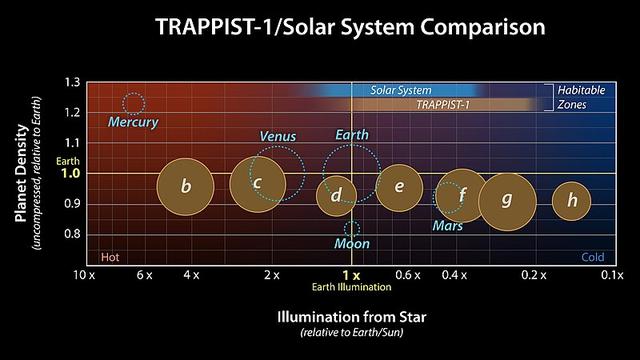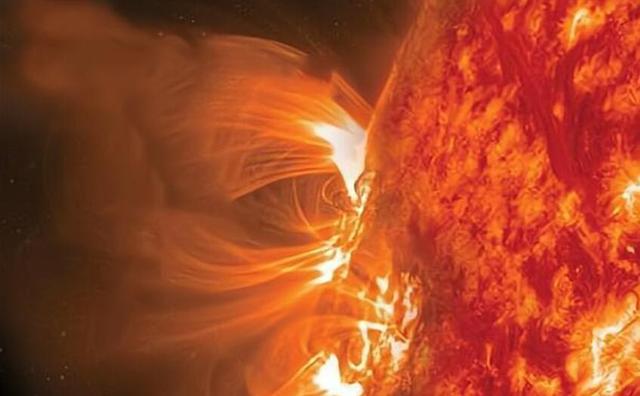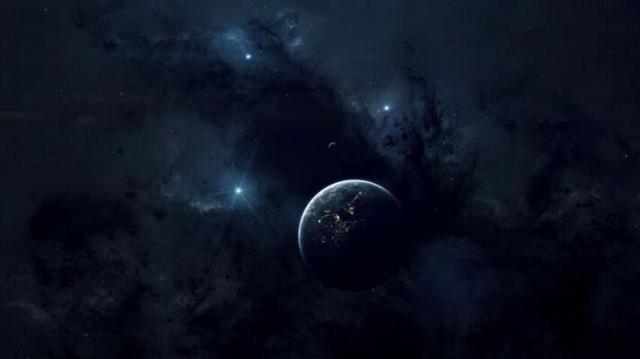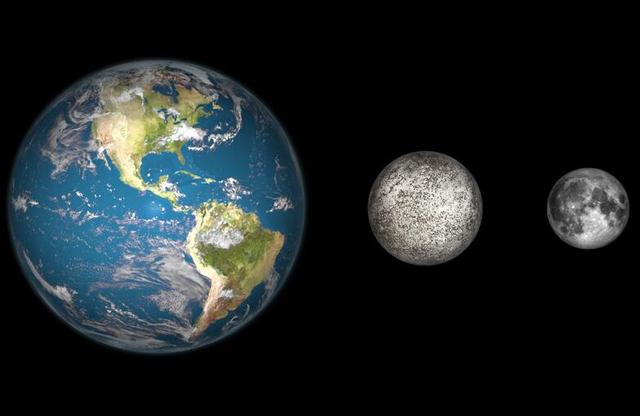If someone asks if there are any alien civilizations in the universe, most people would answer in the affirmative. In fact, it is widely accepted in the scientific community that there are extraterrestrial civilizations in the universe, and they are quite numerous.
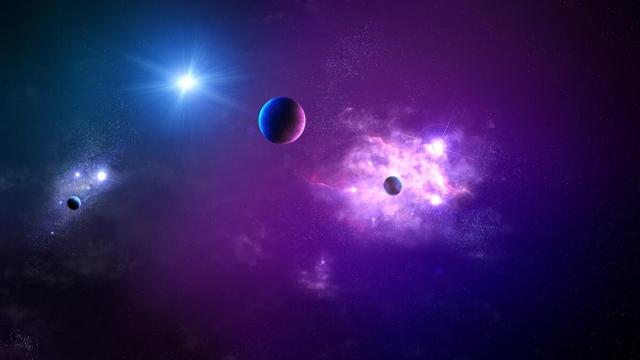
According to a paper published in the monthly notices of the royal astronomical society on 6 may 2022, astronomers have made a bold speculation: An alien civilisation may have built a giant 'beacon' 39 light years away.
The paper comes from a team led by astrophysicist sean raymond from the university of bordeaux, france. The researchers believe that when intelligent civilizations in the universe reach a certain level of development, they are bound to desire to find other intelligent civilizations, and if they can't, they may actively declare their presence in the universe in some way so that other intelligent civilizations can find them and make contact with them. They may also be able to actively declare their presence in the universe in some way so that other intelligent civilisations can discover them and make contact with them.
On this basis, the researchers have developed a hypothesis that an alien civilisation might be able to manipulate the orbits of planets in a star system through technological means, creating a 'multiresonant planetary system' and setting the orbital period ratios of the planetary system to a specific numerical code, which it expects to use as a giant 'beacon' to raise awareness. "Beacon" To attract the attention of other intelligent civilisations.
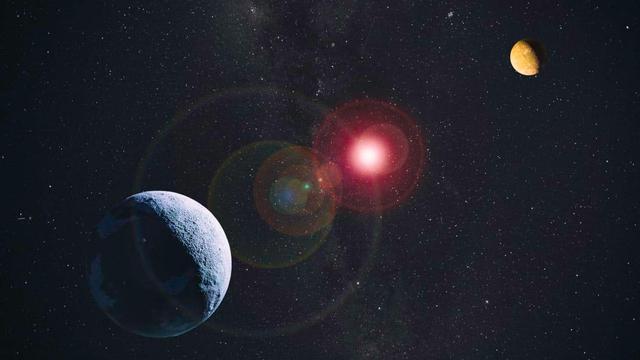
(with respect to a "Multiresonant planetary system", we can simply understand that the ratio between the orbital periods of all the planets in the system is an integer)
Following the publication of this paper, attention was soon drawn to a stellar system 39 light years away in the sky in the constellation aquarius, whose host star was first discovered by the trappist telescope in chile, hence the name "Trappist-1 ".
Observations show that trappist-1 has a planetary system of seven planets, which is a "Multiresonant planetary system" With orbital periods between neighbouring planets in the order of inside-out "8:5, 5:3, 3:2, 3:2, 4:3, 3:2", and all the planets follow a complex but predictable pattern, as we see in the diagram.
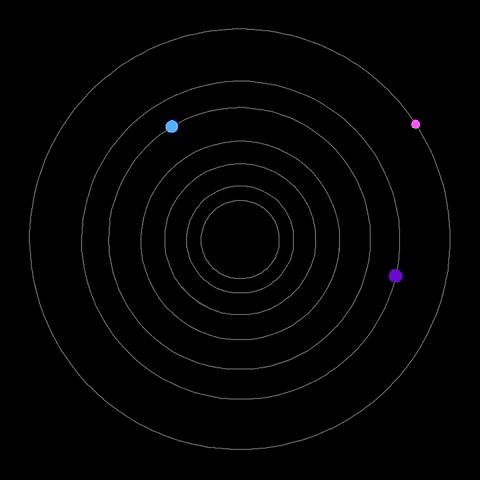
The diagram above shows the three outermost planets in the trappist-1 star system, and you can see that whenever two neighbouring planets are closest to each other, the third planet must appear at the position indicated by the arrow in the diagram, which is always in a straight line through the two neighbouring planets. In fact, apart from these three planets, all the other planets in the star system follow this pattern.
It is important to know that we have never found such a "Multiresonant planetary system" Of up to seven planets in past observations, which is why astronomers have ventured to speculate that this could be a giant "Beacon".
So the question is, does the trappist-1 star system have what it takes to give birth to an extraterrestrial civilisation? Let's see.

The diagram above shows the trappist-1 star system compared to the solar system, with the seven planets named by astronomers using the letters b, c, d, e, f, g and h, in order from the inside out.
As you can see, the "Trappist-1" Star system is much more "Compact" Than the solar system, so much so that the distance from the outermost planet to the main star is nowhere near the distance from mercury to the sun (note the "Trappist-1" Star system in the diagram). Trappist-1" Star system in the diagram is magnified by a factor of 25).
Life would not be possible in a solar system this close to the main star, but this is not the case for the "Trappist-1" Star system, whose main star is about 11% of the radius of the sun and only 8% of its mass, a dull red dwarf.
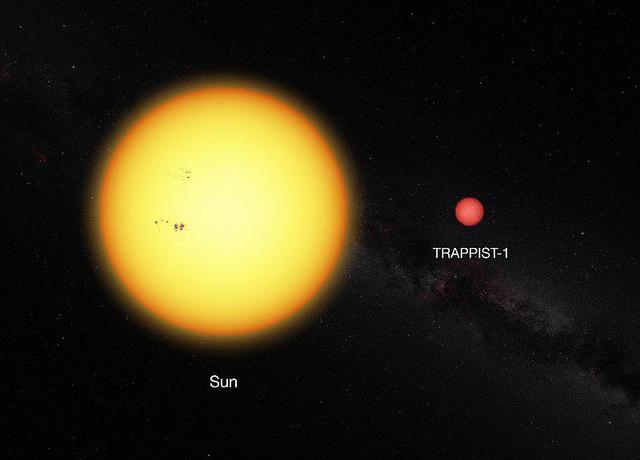
(the diagram shows the approximate scale of the sun and trappist-1)
The surface temperature of trappist-1 is much cooler than that of the sun (about 2300 degrees celsius), so the habitable zone of the trappist-1 star system is further in than that of the sun, and astronomers estimate that it contains according to astronomers' estimates, four planets in the system are located in the habitable zone (e, f, g and h).
Importantly, the seven planets in the trappist-1 star system are all rocky planets like earth, and they are all about the same density and size as earth, in addition to the fact that this star system is about 7.6 billion years old, older than our solar system.
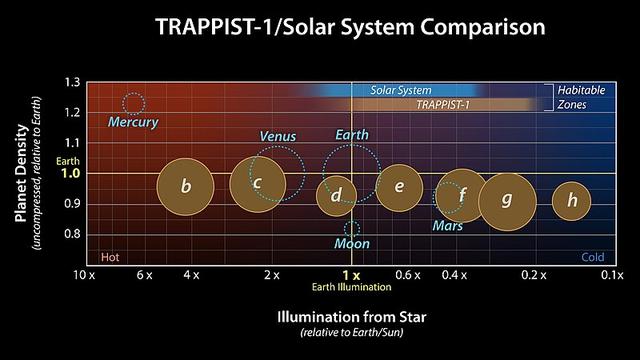
(the figure shows the 7 planets in the trappist-1 star system compared to the 4 rocky planets and the moon in our solar system, the horizontal coordinates are the surface temperature of the planets, the vertical coordinates are the density of the planets, the dashed circles represent mercury, venus, earth, moon and mars)
The fact that there are four rocky planets in a star system that are all located in the habitable zone means that the surface of these planets allows for the presence of liquid water and the possibility of life being born there, and on top of this, the fact that this star system is older than our solar system should give life enough time to evolve, so we cannot rule out the possibility of an alien civilisation being born in this star system.
It is conceivable that if an extraterrestrial civilisation did exist in the trappist-1 star system and had acquired sufficient technology, they could have built a giant 'beacon', as astronomers have speculated.
It is worth noting that if this is the case, then they have certainly succeeded in raising the attention of our civilisation on earth. As things stand, the famous james webb space telescope has made it a target for future observations.
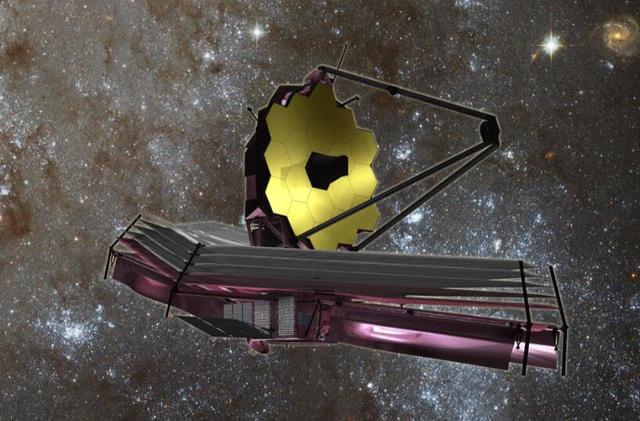
In addition, an organisation called meti is also preparing to send a message to the trappist-1 star system.
"Meti, whose full name is "Messaging to extra-terrestrial intelligence", has already sent high-powered radio signals to a number of star systems. Their plan is to send a message to the star system trappist-1 from earth on october 4, 2022.
However, considering that the star is 39 light years away, even if there is an alien civilisation there and they reply to earth in time, it will take up to 78 years for our civilisation to receive their message, compared to what we can expect from the james webb space telescope.

